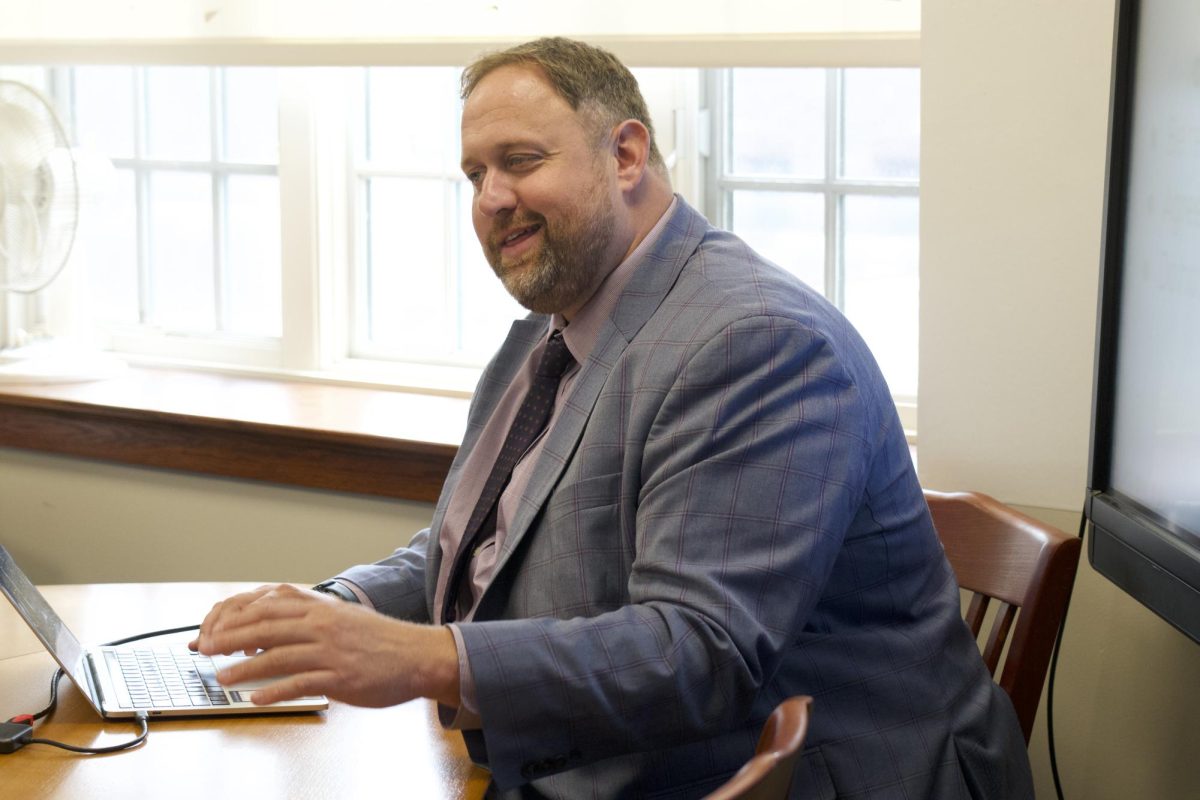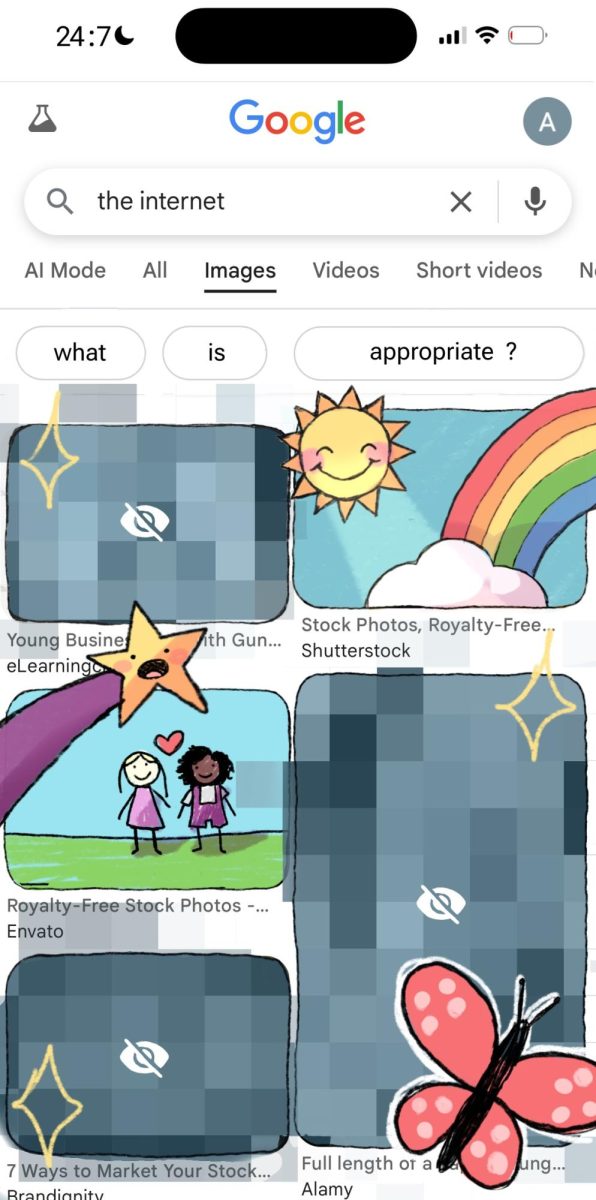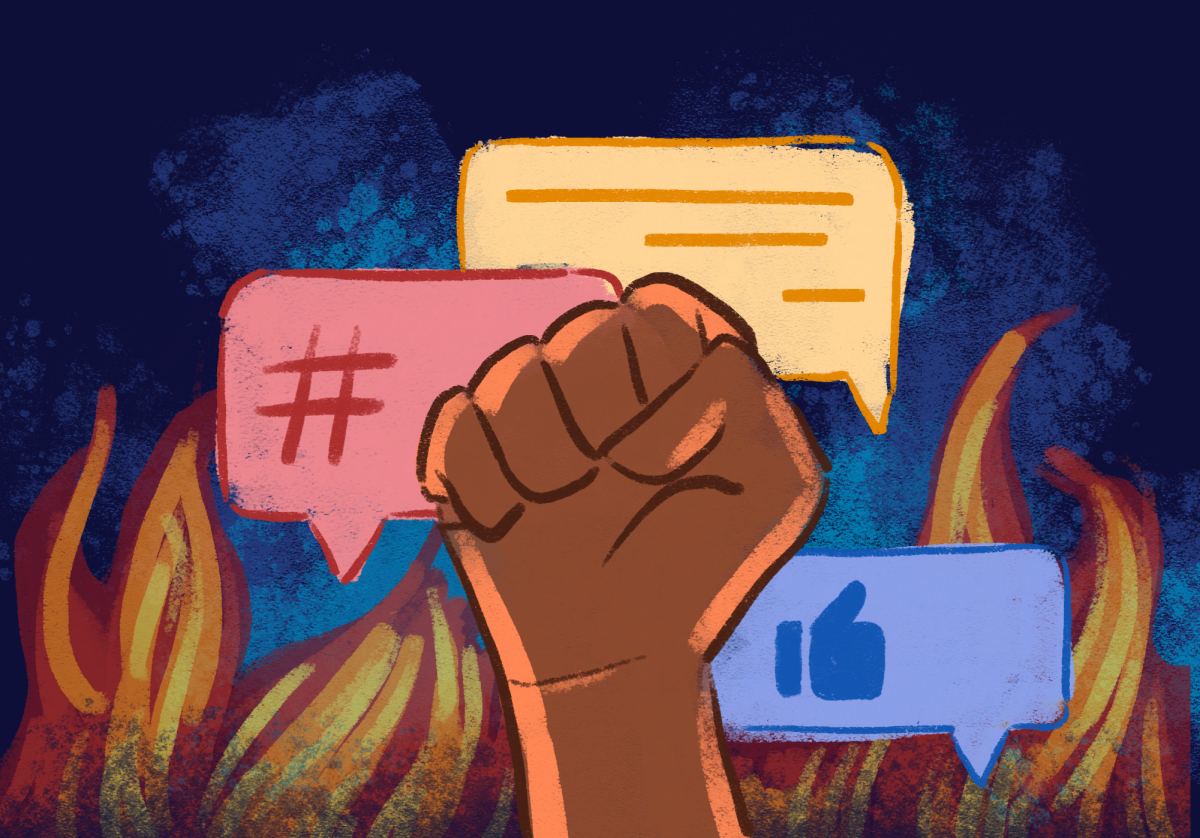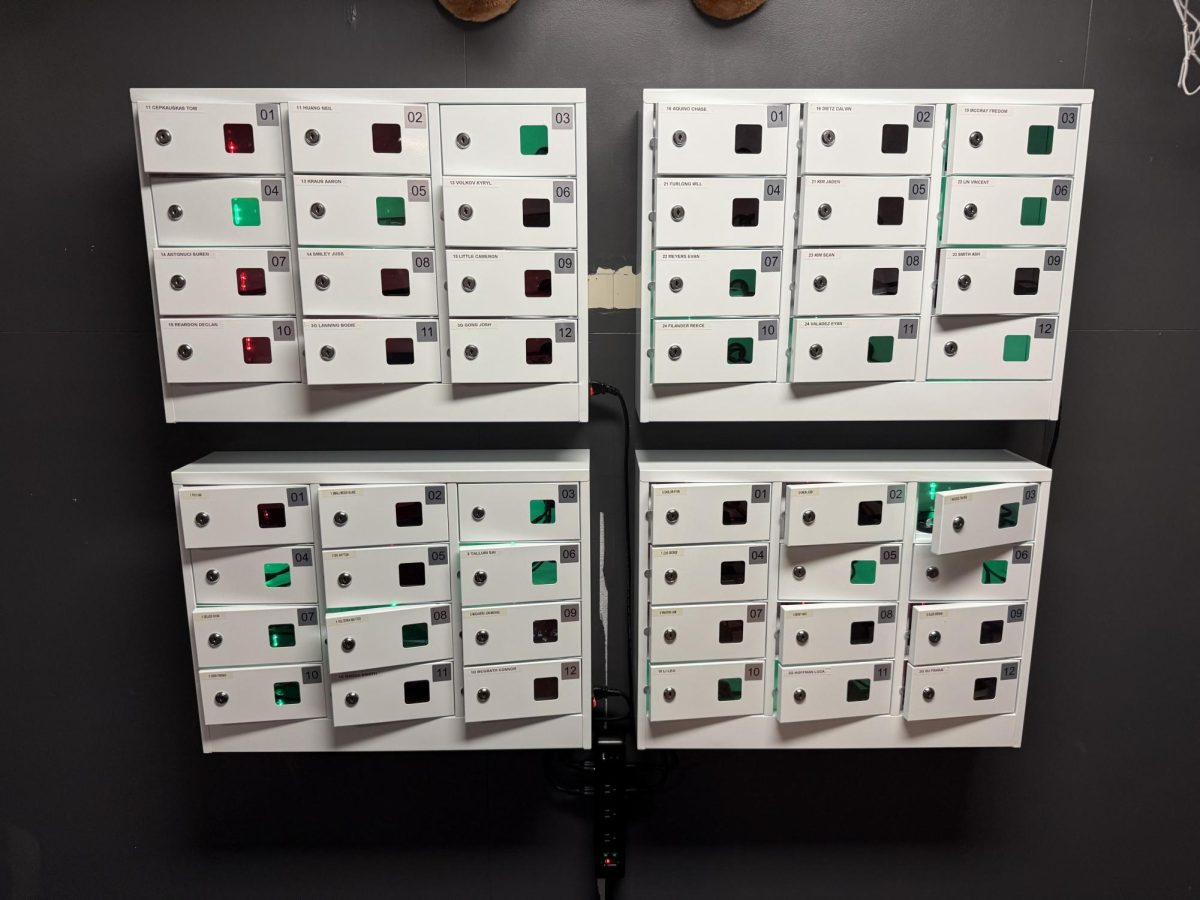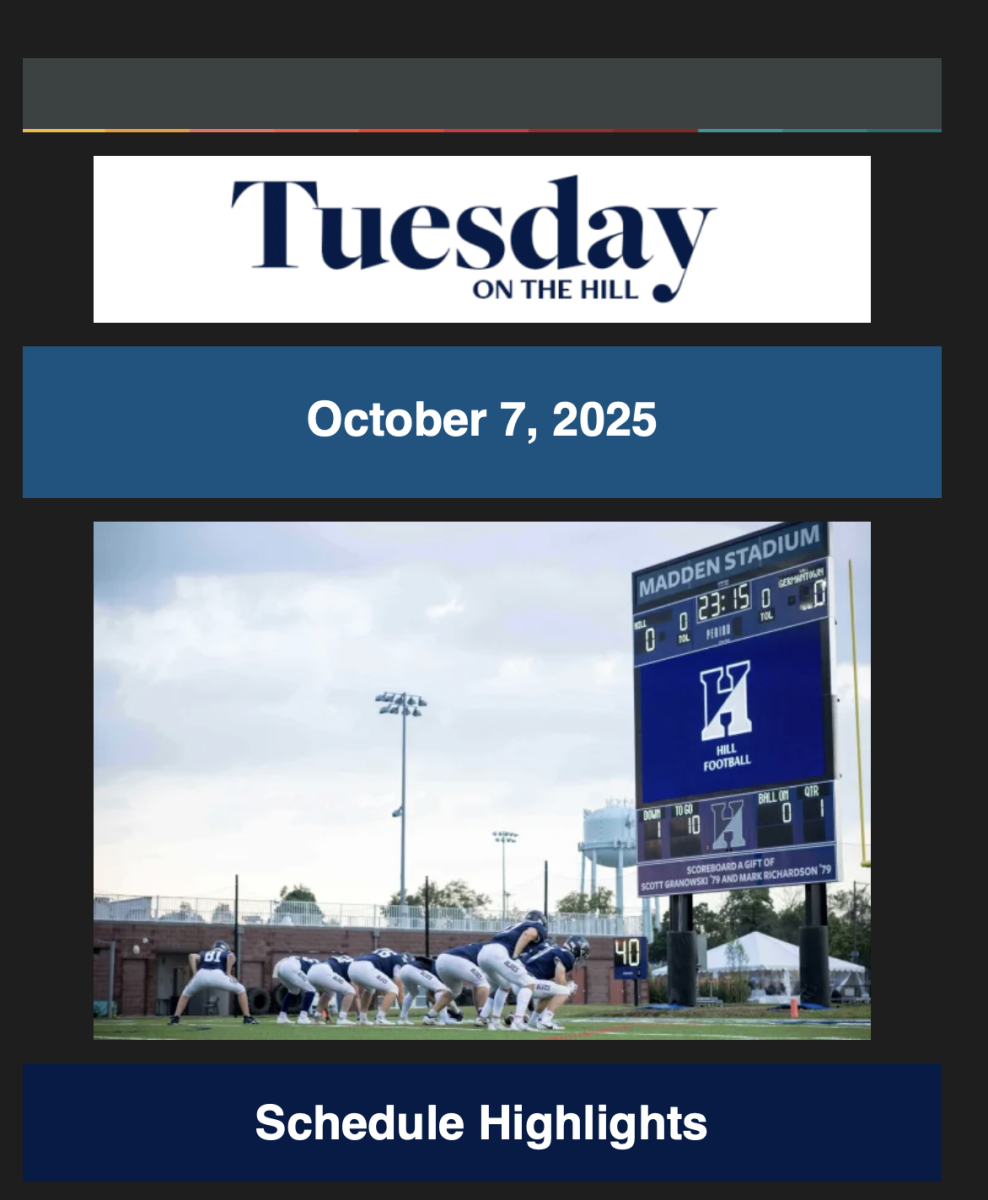The Silicon Valley Bank bailout sets a dangerous precedent for the U.S. economy
Media: Google Images
After posting a loss on bond investments, Silicon Valley Bank experienced a run on the bank by their depositors. The U.S. Federal Reserve soon stepped in to save the bank and defuse a more widespread meltdown in the financial system.
Their actions, however, set a dangerous precedent for the future operations of the banking industry.
On the eve of March 8, SVB announced that it had suffered a startling $1.8 billion loss on its treasury bonds, forcing the bank to sell $21 billion of its investments to shore up its balance sheet. As a last-ditch attempt to maintain solvency, SVB declared an emergency stock sale to raise an additional $2.25 billion.
In the following day of the their initial announcement, SVB was hit by a colossal $42 billion bank run on its deposits, with venture capital firms leading the charge to withdraw funds in response to the bank’s liquidity crisis.
With insufficient collateral to meet the demand of their customers’ withdrawals, SVB was soon insolvent, and announced that it was looking for a potential buyer. Yet that effort proved futile.
The main cause of SVB’s downfall was the lack of due diligence in purchasing treasury bonds during the 0% interest rate period between 2020 and 2021. Unfortunately, in 2022, the Federal Reserve began aggressively hiking interest rates to combat persistent inflation in the US economy. As a result, debt yields surged, hitting a 17-year high of 5.25% in March 2023, causing the price of bonds to plummet.
Even a mere 2% increase in a 30-year bond’s yield could lead to a 30% drop in its market value. Despite having more than 55% of its investments in fixed-income securities, SVB could have held these bonds until maturity without incurring any losses. The problem arose when the bank was forced to sell its treasury bonds prematurely at a time when the market value was lower than the face value. This resulted in an unrealized loss becoming an actual loss, causing SVB to sustain a staggering $1.8 billion loss.
On March 10th, California regulators shut down SVB and placed it under the control of the US Federal Deposit Insurance Corporation, which acted as a receiver to liquidate the bank’s assets to repay its customers. Despite FDIC insuring customer deposits up to $250,000, over 97% of SVB’s depositors had over the $250,000 limit in their accounts, causing many to fear their deposits were all but lost.
Two days later, Signature Bank, a large regional bank in New York, also failed after a similar bank run, leading to concerns about a looming banking crisis and fears of contagion. However, on March 13th, the Federal Reserve and FDIC announced a contingency plan to guarantee all uninsured deposits at both SVB and SB, waiving the federal deposit insurance cap of $250,000.
The events surrounding the Silicon Valley bailout have raised questions about the government’s willingness to bail out large banks that pose a systemic risk to the economy. While the Federal Reserve and FDIC acted swiftly to prevent fear of further bank runs, which threatened to plunge the US in a deep recession, their actions and intentions were fundamentally a bailout for the wealthy venture capitalists of Silicon Valley. Simply put, the government’s motive was to prevent private losses of the wealthy.
As Kristopher Donaldson, Institutional Giving Officer & Coordinator of Financial Literacy, notes, the bailout sends a message to large banks that they can undertake excessive risk with the belief that the government will intervene and rescue them in case of failure.
The bailout of SVB is simply a spit in the face to the average American who is already suffering under persistent inflation in the US economy. Simply put, this is a classic case of socializing the losses, but privatizing the gains. While many may argue that a bank shutdown on this scale spells financial hardship for regular and middle-class people as well, this is unlikely the case. Banks like SVB and Signature Bank overwhelmingly cater to rich venture capitalists and tech startups, while the average person likely at larger, more established banks that are resilient under times of financial distress. This bailout is simply unfair and unjust, and it sends the wrong message to the American people.
Donaldson says it best: “Why is it that these banks are able to enact these risky investments and be bailed out but us as individual retail investors, if we don’t do proper risk management, who is there to bail us out?”
In conclusion, bailing out failed banks creates a moral hazard and sets a dangerous precedent for future operations. Banks that take on excessive risk should not be able to count on the government to bail them out. Instead, they should be held accountable for their actions and be required to bear the consequences of their risk-taking behavior. It is time for regulators to take a hard look at the banking system and ensure that institutions are held accountable for their actions.

